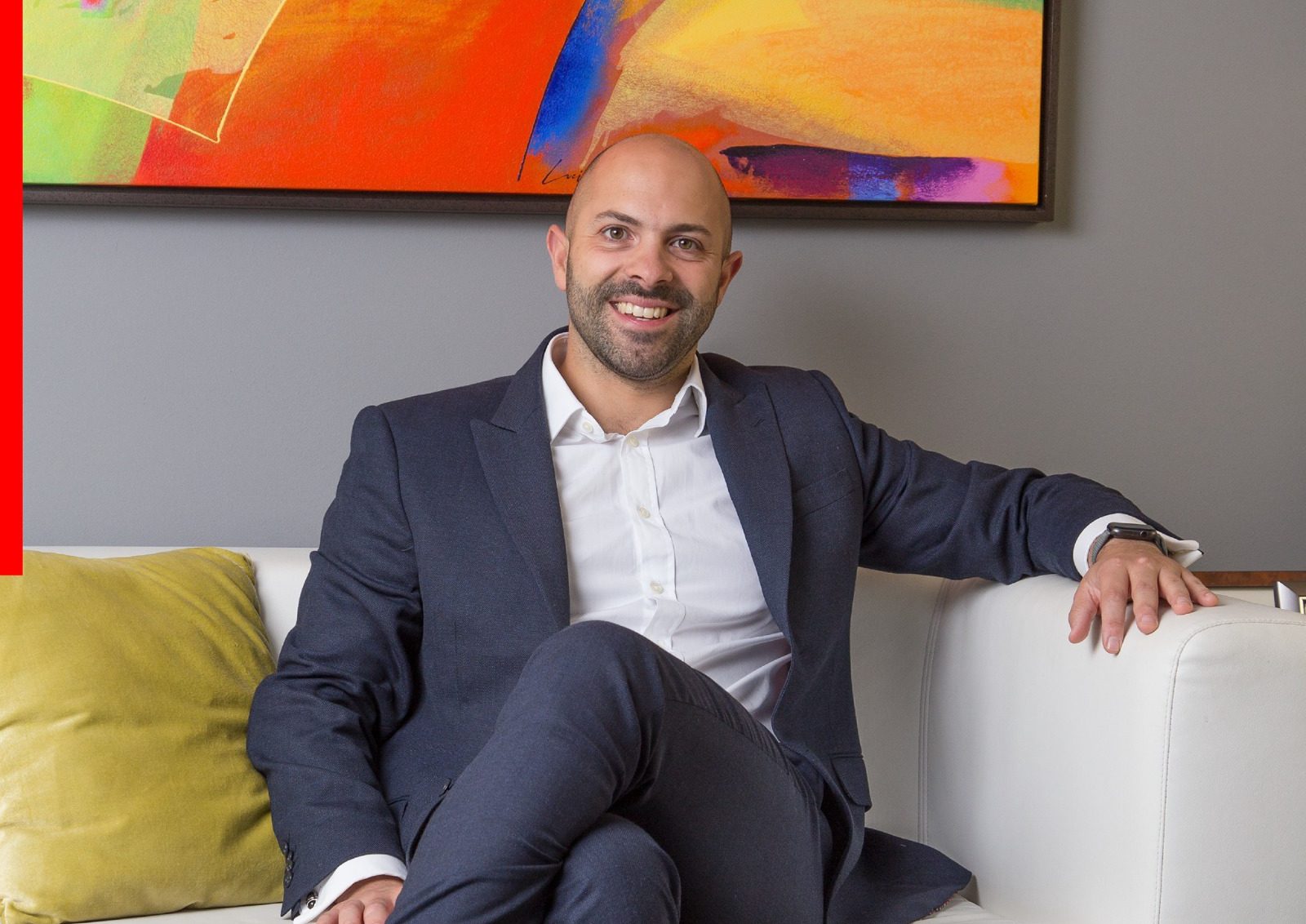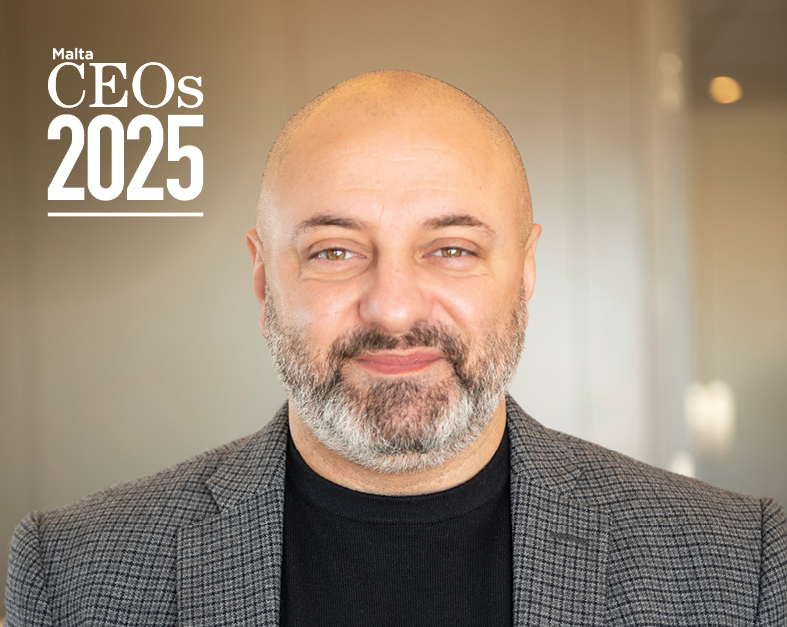As societies become more diverse, composed of different cultures, this is inevitably reflected in businesses and the composition of the workforce, markets, and stakeholders. In July 2021, The International Organisation for Standardisation (ISO) published the ISO 30415, a set of standards to guide organisations in the implementation of Diversity, Equity, and Inclusion (DEI) in the workplace in order to address inequalities in organisational systems, policies, processes, and practices, as well as individual’s conscious and unconscious biases and behaviours.
The ISO standards give companies a common language to adhere to the same guidelines. However, the efforts required to achieve DEI standards in the workplace are beyond what is necessary to achieve a certification. Among the provisions made in the document, some of the main responsibilities of human resources departments, for example, are:
- to promote, advise, and educate on DEI knowledge, skills, and expertise in the formulation of corporate policy, processes, and practices;
- to increase participation of minority groups by enabling access and ensuring necessary adjustments in the workplace;
- to create a safe environment to enable communication and expression of diverse opinions
- ensure that stakeholders needs and feedbacks are taken into account and equally committed to DEI.
What are the benefits? Innovation, creativity, and revenue
The need to address and accommodate diversity and inclusion in the workplace is a natural response to societal change, and also to what the market cares about: according to Deloitte, 38 per cent of leaders reported that the CEO is the primary sponsor of the diversity and inclusion agenda, and the formation of global initiatives speaks about the importance of these issues for the broader business community.
Harvard Business Review conducted a study on the performance of companies with leadership which exhibited different aspects of diversity, and the results were that in these companies, employees were 45 per cent likelier to report that the market shares were growing compared to previous years, and 70 per cent likelier to report that they had acquired a new market. Therefore, a diverse leadership has a more open-minded approach that can entail more communication styles and accept more “outside the box” ideas.
The attempt to build a more equal and fair work environment is not only beneficial to individuals to do their best in favourable conditions, but it has also proved to be an effective business strategy, as diversity drives innovation, creativity, and revenue. A series of reports from McKinsey show that diversity on executive teams is related to the likelihood of financial outperformance. In 2019, top-quartile companies with ethnic and cultural diversity in their executive teams outperformed those in the 4th one by 36 per cent in profitability.
Besides diversity, inclusion is a necessary complementary ingredient to ensure success.
But how can it be achieved?
A successful model shows that inclusion entails four aspects:
- Fairness and respect: participation and opportunities must be awarded to everyone equally paying attention to non-discrimination and biases
- Feeling valued and belonging
- Feeling safe to participate and express an opinion
- Feeling empowered and ready to grow
Research by Deloitte shows that an increase in individuals’ feelings of inclusion translates into an increase in perceived team performance (+17 per cent), decision-making quality (+20 per cent), and collaboration (+29 per cent).
Besides the great effects on a single business case, there are wider implications: organisations influence stakeholders such as their supply chains. Therefore, actively embracing diversity and inclusion can lead to making ethical choices that have broader consequences on the global market or the environment.
Is DEI already outdated? Going beyond the trend
A real commitment to DEI practices requires work to be effective. A 2022 report from the Harvard Business Review shows that many interventions and practices are not effective in changing behaviour, and instead carry risks of backlash. The conclusion is that many shortcomings stem from a lack of common standards, accountability, and consistency. Therefore, the ISO30415 represents a milestone in this field, to create sustainable and effective practices for Diversity Equity and Inclusion in the workplace.
However, more doubts arise regarding the success of DEI businesswise. Some practices of inclusion that stem from societal trends or “woke makeovers” do not translate into increasing profits for companies, who then decide to step back. A clear example is Victoria’s Secret, the lingerie brand which adopted a more inclusive perspective by enlarging the size coverage of their products and also changing the image of their brands through their models and advertising. However, as the brands’ spokesperson declared, “the favourable reviews from online critics never translated into sales”.
These elements both come down to a superficial and not thorough approach to DEI. A lack of standards, accountability, and instead resorting to virtue-signalling practices, clearly cannot translate into a successful business model transition. Therefore, it seems to be necessary to go through the necessary steps to ensure productive results.
So, to conclude, successfully incorporating DEI practices into a company is a key to productivity and growth, if it is done in an organised way that ensures sustainable results: so what can leaders do?
Three main takeaways:
- Education
- Learning is the first step to understanding and implementation. Being aware of differences and potential obstacles faced by others is an important key to better read situations and experiences.
- Cultural Intelligence: Make cultural differences a resource
- By learning about the employees and customers’ experiences in- and outside of work, leaders can work on creating a system of trust and give people a chance to transform their experiences into inspiration for new ideas and for enhancing the organisation’s work. Adopting a variety of communication styles that are aligned with the backgrounds of coworkers can allow a better understanding of people, a greater inclusion, and the possibility for more creative solutions
- Rewire the system
- Institutional barriers must be faced as such and bringing them down requires more than awareness. Employment and promotion award systems must be reviewed and rewired to be free from conscious and unconscious biases and reflect the leadership decision to commit to Diversity Equity and Inclusion standards.
- Go beyond the trends
- A process to include DEI in the business requires commitment to standards like ISO30415, which ensure that the practices are thorough and comprehensive of all components of the process. Virtue-signaling, or one-time inspirational events are less likely to make a durable change to make the workplace more inclusive and to see the consequent result in the revenue.
The author would like to thank Laura Cappai, GMD intern, for her support in the research and writing of this article.
Moving beyond awareness: Creating inclusive workplaces for neurodiverse talent
As Christine Hili points out, inclusion goes beyond acknowledgment.
5 critical steps to scaling your business successfully
By staying proactive and adaptable, your business can maintain steady growth while avoiding common pitfalls.
April Fools’ leadership myths: Busted!
The best leaders are those who remain open to growth, embrace vulnerability, and lead with confidence - flaws and all.
Essential skills every modern CEO must master
These skills can drive organisations to new heights, navigate challenges with confidence, and leave a lasting impact on their industries.









